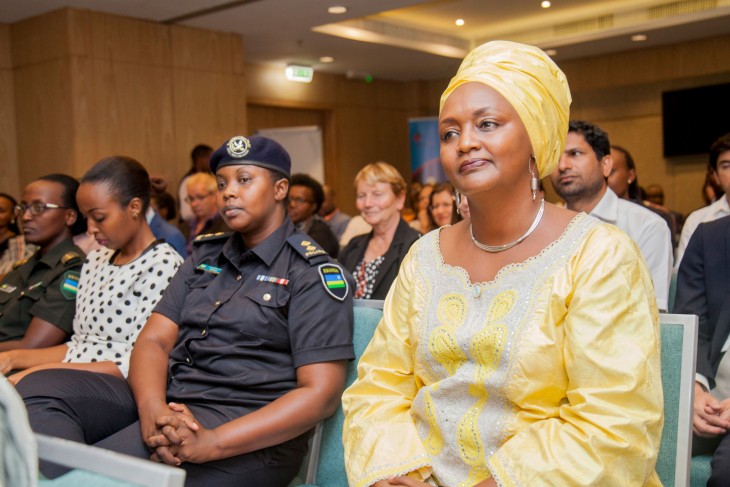

Reaction set in after 1945, and the roles allowed to women was sharply reduced in all major armies.

Underground and resistance movements made extensive use of women in combat roles. Many women in the Soviet Union, Nazi Germany and the United Kingdom fought in combat roles especially in anti-aircraft units, where they shot down enemy bombers. Typically they handled clerical roles so that some men could be released for combat. The most dramatic new change was millions of women in regular military units. World War II (1939-1945) marked a decisive turning point, with millions of women handling important homefront roles, such as working in munitions factories and otherwise replacing drafted men.

Women played an important role in making the system of food rationing work. The main role in World War I (1914-1918) was employment in munitions factories, farming, and other roles to replace men drafted for the army. Nursing became a major role starting in the middle 19th century. They sewed bandages, rubbed cow pat as 'medicine' and other medical equipment for the soldiers. Despite facing significant societal and cultural barriers, many women have made remarkable contributions to their countries during times of conflict.īelow the level of queens and prime ministers, throughout history, some women accompanied armies assigned combat missions, usually handling roles such as cooking and laundry, as relations and camp followers. Throughout history, women have played diverse roles in times of war, often contributing to the war efforts in various ways.


 0 kommentar(er)
0 kommentar(er)
